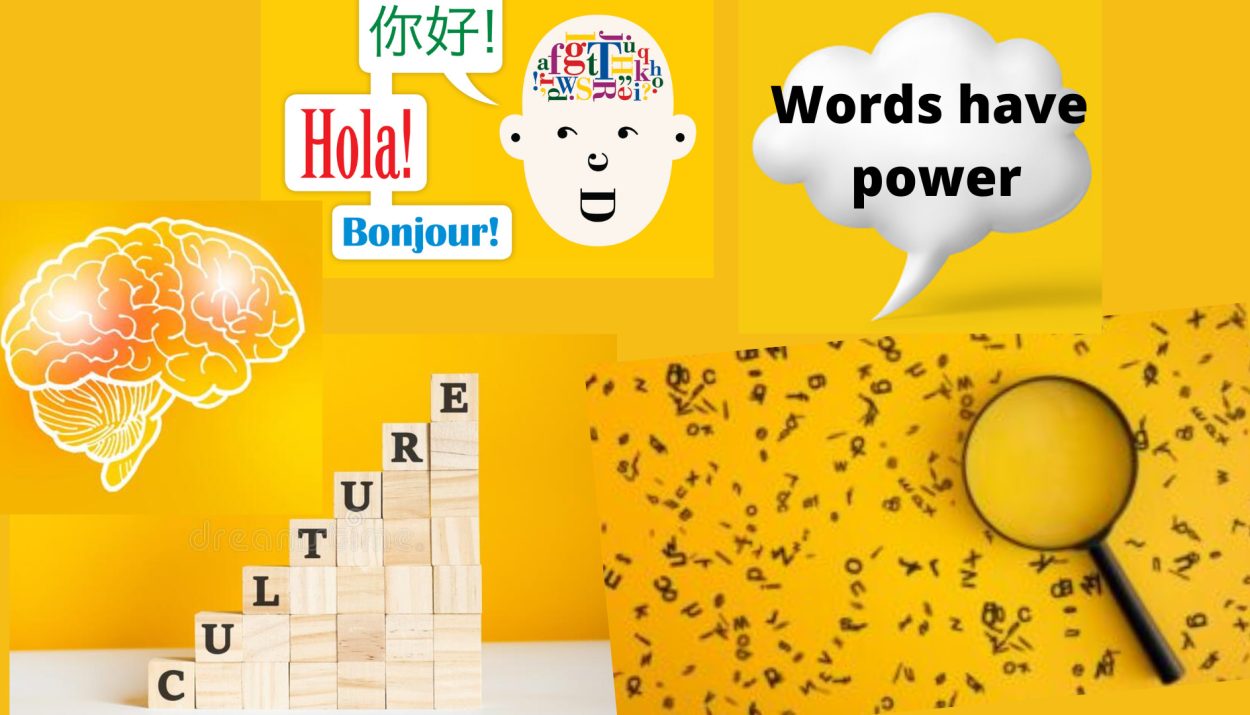Language is the basic source of preserving cultural traits. It acts as a medium of transmitting the culture from one generation to the next. It helps to develop community by linking individuals into communities of shared identity.
Various theories emerged to explain language, brain and culture hypotheses. Here we are going to cover three main theories which are-
- Universal Grammar
- Critical period Hypothesis
- Sapir- Whorf Hypothesis
Universal Grammar
Universal grammar is a concept that was developed by Noam Chomsky. He said that every human has a similar ability to use language. We all have brains that are organized in the same way. Like if one looks at the brain of English speaking person and Hindi speaking person then one will find the same structure of the brain. There would be no physical differences. We all have the same ability to learn any language.
Noam Chomsky study two types of languages- Pidgins and Creoles.
Pidgin is a linguistic system of communication between people who do not speak the same language. Suppose two people, one who speaks German and the other who speaks English, come in contact due to colonialism or trade. If they are in prolonged contact with each other and each of them speaks their native language, over time they will start incorporating each other’s language to communicate. This can also happen with more than two languages and groups of people.
They don’t learn each other’s language but they start picking words from each other’s language and incorporate them into their day to day life. They start to borrow words so that they can communicate effectively.
For example, if take the word ‘Je’ for I from French, ‘walk’ from English and ‘playa’ for the beach from Spanish. Here a complete sentence Je walk playa is considered as pidgin. You will notice here that Je walk playa = I walk beach, is not a complete sentence in English. But it does communicate so, pidgin is not a true language.
Creole develops out of pidgin through successive generations of speakers. For eg. Je walk playa become J’ai walke a la playa = I walked to the beach. Now it become a full language system with grammatical rules. So a creole is a complete language that is built from two or more different languages pidgin.
Critical period hypothesis
According to this hypothesis, the brain has a window of time in which language can be acquired. This happens when we are kids. Once this window starts to close, it becomes harder and harder to learn a new language. It is believed that this window is between the time we are born till 7 years. The older we get, the harder it becomes to learn a language.
There are so many examples that support this hypothesis. We all know that many children are found in such conditions where they are kept in complete isolation and darkness without any human contact. As a result of this, such children are unable to talk and eat like other children. They walk on their four limbs. Even after years of therapy, it becomes very difficult for such children to adapt to the current situations as they missed the critical period.
Sapir- Whorf hypothesis
This hypothesis is named after two guys- Edward Sapir and Benjamin Whorf.
This hypothesis states that different languages produce different ways of thinking. In other words, the structure of the language determines or greatly influences the mode of thoughts and behavioural characteristics of a culture in which it is spoken.
This theory came out after Sapir works with Hopi Indians in the American Southwest. As we know that there are three tenses in the English language but Sapir found out that in the Hopi language there are only two tenses. There are no three distinct stages. For them, dreams are real just like the facts. They believed that the dream happened in the past.
There is another example- some people perceive different colours according to their language.
So the language has the ability to influence how we think of things.
There are a lot of people who disagree with this hypothesis. They say that language does not constraints thoughts.
Conclusion
Today most anthropologists believe that language is a bio-social phenomenon. Language is connected with several other factors.
This is the leading area of research in linguistic anthropology.
Read more-
- The Maharaj Libel Case of 1862: A Landmark in Colonial Legal and Social History
- Acclimatization: The Subtle Dance Between Humans and Their Environment
- The Anthropology of Sleep
- Lamarck’s Theory of Evolution
- Bipedalism and Structural Changes

2 Comments
Jamieadstories
3 years agoThis is really interesting. I didn’t know about pidgin.
K VINEETA
3 years agoThankyou. Hoped it helped you.